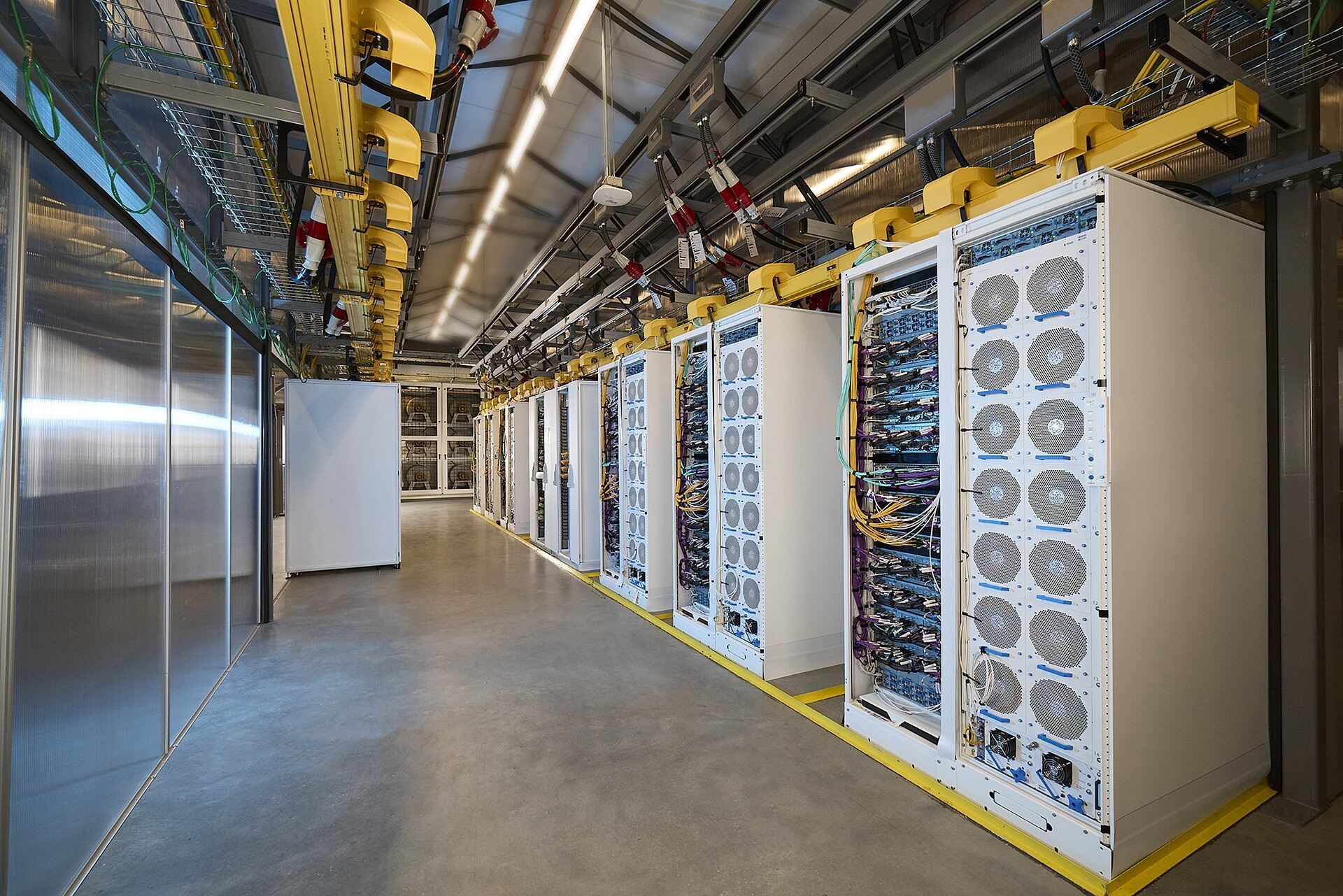Carbon emission reductions are far from the trajectory needed to avoid climate catastrophe, with global average temperatures already 1.55 degrees Celsius above pre-industrial levels by 2024. Thus, it is now clear that "Carbon Dioxide Removals" (CDRs) projects to remove CO2 from the atmosphere and store it in long-term carbon sinks are a key element of the green transition to net zero global greenhouse gas emissions, as it has become clear that a large number of negative carbon emission projects are needed to achieve this goal.
The carbon removal project discussed in this article is a model for me, the solution of the Canadian climate technology startup CO280 Solutions and I dream of seeing such major carbon removal projects developed in Hungary as well in the longer term. CO280 claims to be able to solve the on-site capture and storage of significant carbon emissions from pulp and paper mills, while creating a new technology standard for permanent, verifiable and affordable carbon credits for carbon removal. Their first long-term forward carbon credit offtake agreement with Microsoft is huge news because although the contract price was not published, it was "tipped" by CO280 that they had broken into the below $200 per tonne (tCO2e) range. On the one hand, this confirms the JPMorgan announcement of a CDR offtake agreement for 450,000 tonnes - at a price below $200 per tonne, also with CO280 for the same project.
The Vancouver startup is on the map as a developer of large-scale carbon capture projects. As its first partner, it is working with a pulp and paper mill on the Gulf of Mexico coast to connect a new type of carbon capture system to the mill's boiler stack, where it captures the carbon dioxide emitted before it can be released into the atmosphere. In this case, CDR is created by converting wood , which sequesters significant amounts of carbon dioxide during its lifetime, into pulp and paper, and the manufacturing process transfers the sequestered carbon dioxide into manufacturing waste (a type of biomass), which is then burned in "energy recovery boilers". This not only generates energy, but also earns accountable carbon credits from carbon capture, as the captured CO2 is transported to storage sites and then permanently sequestered in underground formations as a carbon sink. This creates a carbon-negative state, which underpins the carbon removal process central to CDR, as CO2 absorbed by photosynthesis is not returned to the atmosphere by biomass combustion but is locked in a permanent (eternal) carbon sink. Jonathan Rhone, the company's CEO and co-founder, said that the agreements signed so far already allow them to deploy the technology in just 6-9 months, even as a private investment.
The carbon capture technology will be supplied by Norwegian company SLB Capturi, which has several similar projects already underway. A good point of reference is that they are also working with Ørsted, one of the world's most sustainable companies and a multiple world champion in decarbonisation. The Danish company has started using carbon capture technology at its Asnæs power plant in Kalundborg and its Avedøre power plant in Copenhagen: the plants, which are under construction and due to be completed by 2026, will together capture 430,000 tonnes of carbon dioxide per year.
CO280 has also chosen an excellent field as a project developer: the pulp and paper industry is a major carbon polluter, currently emitting 88 million tonnes of biogenic carbon dioxide annually in the United States alone. At CO280, it is estimated that by 2050 this sector alone could grow into a 63 million tonne CDR market in the US, and globally 178 million tonnes of carbon dioxide could be sequestered annually by this one well-measured and transparently credited CCUS technology alone, which is about half a percent of global CO2 emissions.
Of course, Agent Hanratty, played by Tom Hanks, still has a lot of work to do to catch the brilliantly escaping Frank and finally turn him to the right side. Removing and storing carbon pollution is also a long-term story, but it will eventually get fossil carbon dioxide in the neck, and if we do it with its biogenic version, then carbon will start working in our favor.
This article was first published on the 1st of July, by Levente Tóth, CEO of mitigia, on their personal LinkedIn profile.





-1.jpg)